Centralized Catalog, Faster Publishing: 40ParkLane’s Marketplace Success with CedCommerce
Reading Time: 4 minutesAbout the Brand: 40ParkLane LLC Studio40ParkLane is a design-led print-on-demand brand created…
Don’t you wonder how your product stays unique in between millions of the same products around? It’s because of barcodes; they make modern retail possible. Your job becomes more manageable with barcodes when you sell online.
Marketplaces like Amazon, Walmart, OnBuy, and even online stores, need sellers to have barcodes while making the product listings. This blog will cover everything about standardized barcodes and Why they are essential to selling on OnBuy.
Standardized barcodes are symbols that are scannable electronically using camera-based or laser systems. They provide process information such as product numbers, batch numbers, and serial numbers.
When it comes to manufacturers, transport providers, supply chains, retailers, and hospitals, barcodes play an essential role in the unique identification and tracking of the products as they travel through the supply chain.
Barcodes are handy tracking tools for inventory management and the overall selling process. But you need to know which barcodes your store needs and which barcodes OnBuy accepts, as they are a bunch of barcodes available to choose from. Each barcode is unique, and that’s why it is easily distinguishable.
SKU is a unique identification number for sold items. Retailers generate codes according to their merchandise. SKUs are designed according to the classification and categories of the products. As marketplaces deal with so many varieties, such as if you have a health improvement store; you must be dealing with sections like exercise tools, energy boosters, etc., and SKUs are designated accordingly.
Note– SKUs are not universal like barcodes. This means they differ from every retailer across the globe.
GS1 designs unique barcodes for every situation and manages several types of barcodes.
Fun Fact- “The first barcode was drawn by Joe Woodland in the sand in Miami Beach much before the technology could bring it in.”
Barcoding a product is very simple. The following steps explain how to barcode a product.
The first step is to get a barcode, of course. If you are selling on OnBuy, you need to get your barcodes from Global Standards 1.
Note- GS1 introduced barcodes in 1974. And once you get the barcode, you need to decide which product you want to use. Well, in the UK and the rest of Europe, EAN is the standard. However, some places accept UPC format too.
After you get the barcode, please choose your product; now, you need to decide how you’re going to display it. Ideally, there are two ways to embed it with the product packaging, and the other is adhesive labels.
And after finalizing the steps mentioned above, you’re good to go with your products with barcodes on them.
Barcodes are essential in the e-Commerce world. From packaging to delivering, barcodes play an important role in tracking and tracing the whole selling process.
Global Trade Item Number (GTIN) It is a global product identifier and appears near the packaging of the product. It’s a 14 digit code that is used for general purposes worldwide.
Universal Product Code (UPC) A 12 digit code is mainly used in the United Kingdom, United States, New Zealand, Canada, Australia.
International Standard Book Number (ISBN) It is a type of product identifier used for books. It was a ten-digit code till 2006, but since 2007 it is a 13 digit code, which is universally acceptable.
International Standard Serial Number (ISSN) They are used in magazines, journals, newspapers. It is a machine-readable eight-digit code.
The world has become super, super-fast with technology, and so is eCommerce; and everything is being shipped and delivered to the customers in a few clicks. To satisfy buyers and giving them a hassle-free shopping experience, one needs trackers and traceable solutions. And that’s where barcodes help them as the saviors. Additionally, they are cost-effective. Barcodes provide secure tracking, theft deterrence, assets, and above all, peace of mind. They reduce liability. Barcodes provide product identification, implementation of data, high-speed recognition across many industries globally. They save a lot of time.
Barcodes efficiently provide more accessible data, as a single barcode provides both inventory and pricing information. Barcodes can be customized to get fast, reliable data on a wide range of products.
There is only one error in10,000 scans by an optical scanner, but on every 1000 keystrokes, there’s an average of 10 errors made by a human being. If I say in simpler ways, barcodes reduce errors to a great extent.
Barcodes are a great help when it comes to a unique identification of any product, and that’s why barcodes are essential to selling on OnBuy. OnBuy is a UK-based marketplace, it has 35,000,000+ products, 8,000,000+ buyers, and 7000+ sellers, and the number is constantly increasing. With such a vast range of products, it is impossible to sell without barcodes. That’s the reason they are mandatory to trade on OnBuy (link).
According to OnBuy, “GS1 standards and product identifiers are significant for OnBuy sellers as they operate on a catalog system. They say- “They operate a catalog system as this is ultimately more beneficial to buyers, and easier to manage for our sellers. OnBuy advises that sellers license their barcodes directly from GS1.”
In simpler words, barcodes are mandatory if you want to sell on OnBuy.
Selling on OnBuy becomes very easy with product identifiers, even if you have a vast range of products to market. You have choices for the barcodes, wherein you can use GTIN, UPC, ISBN, ISSN. But you must have one of them. If you need expert help to facilitate your selling process, you can reach out to CedCommerce at any time.
Happy Selling!

Reading Time: 4 minutesAbout the Brand: 40ParkLane LLC Studio40ParkLane is a design-led print-on-demand brand created…

Reading Time: 3 minutesAbout the Company Brand Name: David Protein Industry: Health & Nutrition (Protein…

Reading Time: 3 minutesOnline retail spending in Germany is entering a renewed growth phase after…

Reading Time: 4 minutesTikTok Shop has released a comprehensive Beauty and Personal Care Products Policy,…

Reading Time: 4 minutesTikTok Shop has formally outlined comprehensive requirements for expiration date labeling and…

Reading Time: 3 minutesTikTok Shop is raising its sales commission for merchants across five active…

Reading Time: 11 minutesBy now you have seen your BFCM 2025 numbers. The harder question…
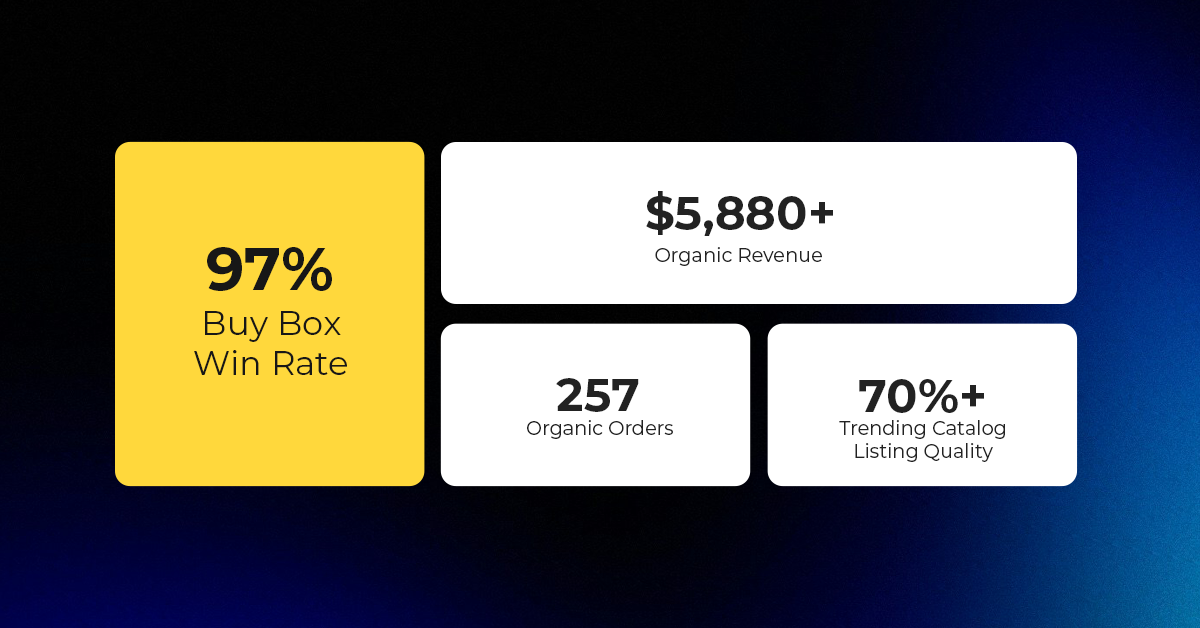
Reading Time: 3 minutesAbout the Brand Name: Vanity Slabs Inc Industry: Trading Slabs- Vanity Slabs…
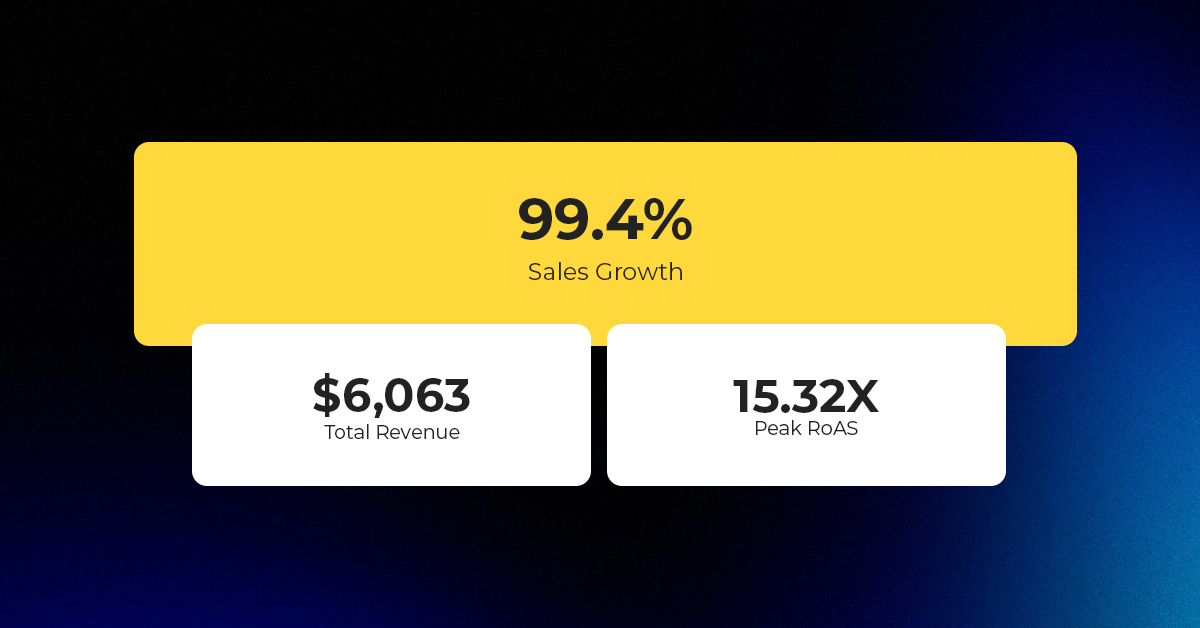
Reading Time: 2 minutesAbout the Brand Name: Ramjet.com Industry: Automotive Parts & Accessories Location: United…

Reading Time: 2 minutesAmazon is rolling out strategic referral fee reductions across five major European…
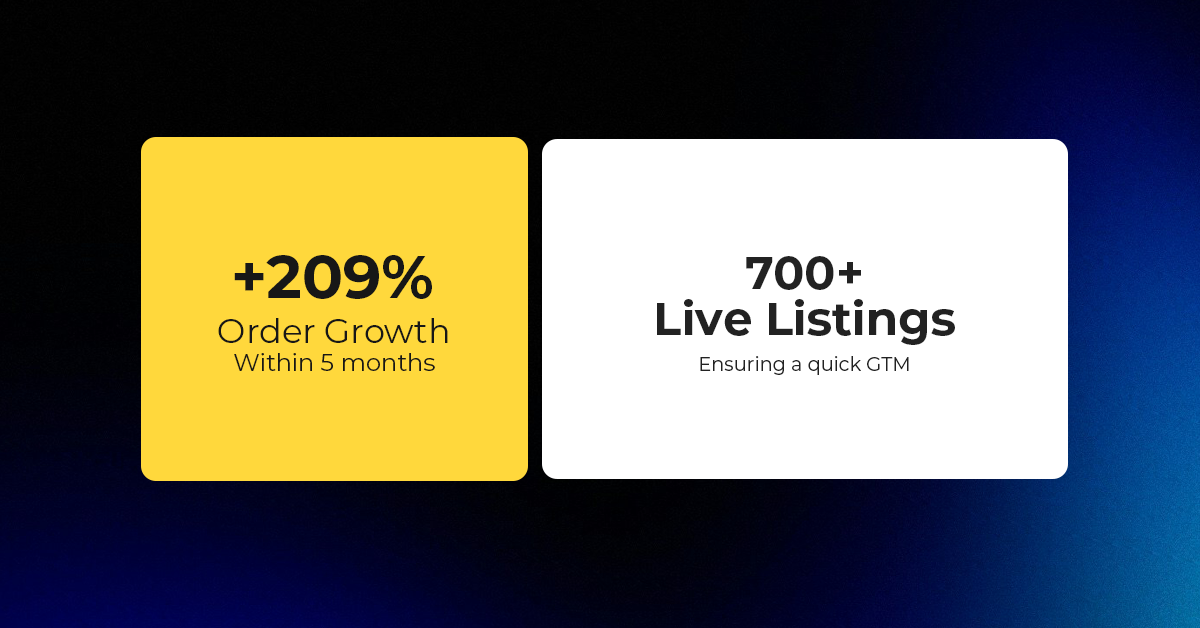
Reading Time: 4 minutesQuick Summary: Scaling Lifestyle Powersports on eBay with CedCommerce Challenge: Zero marketplace…

Reading Time: 4 minutesTikTok has surpassed 460 million users across Southeast Asia, reinforcing its position…
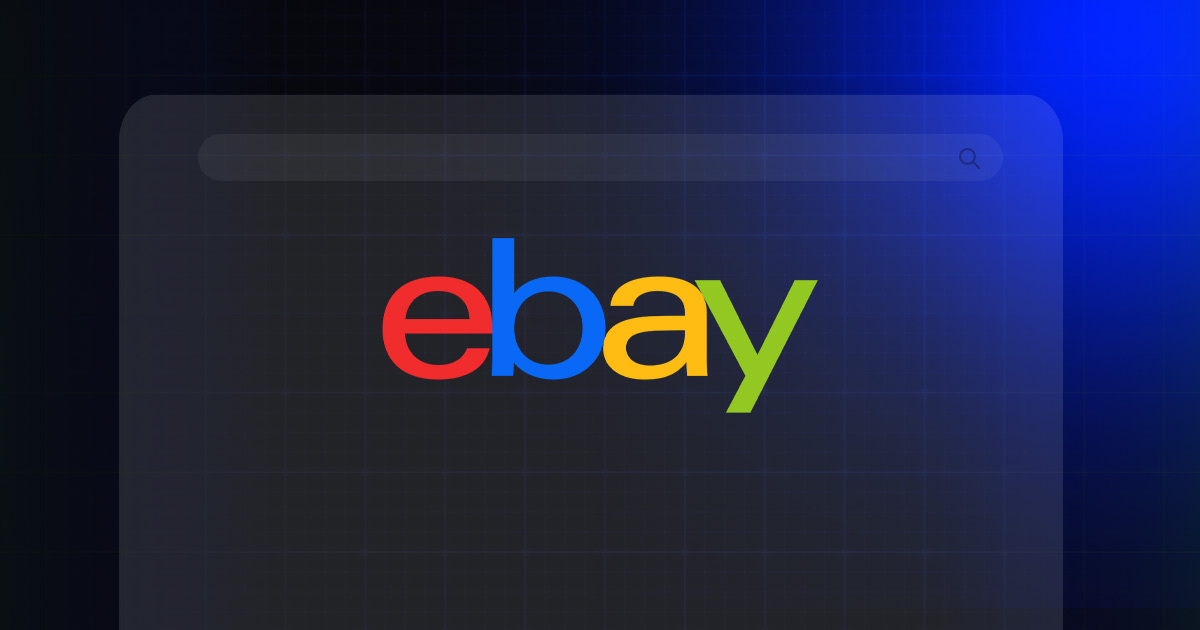
Reading Time: 3 minuteseBay has released its final seller news update for 2025, with a…

Reading Time: 3 minutesAmazon has clarified its stance regarding speculation around a potential breakup between…
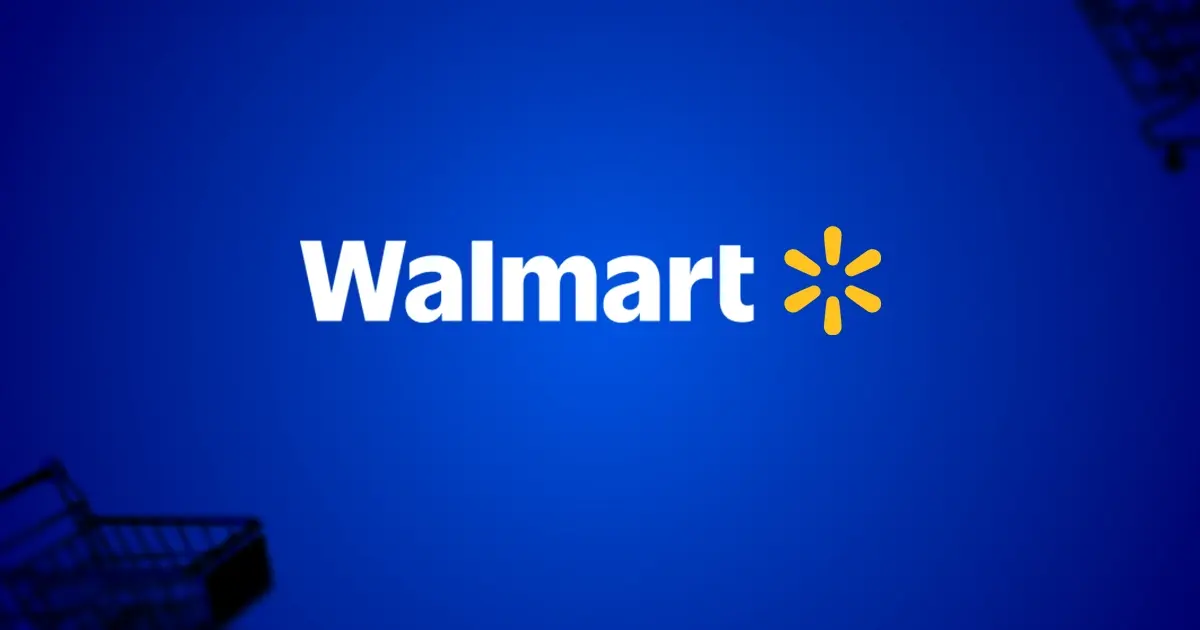
Reading Time: 4 minutesWalmart is accelerating its push into next-generation fulfillment by expanding its drone…

Reading Time: 4 minutesFaire, the fast-growing wholesale marketplace connecting independent retailers with emerging brands, has…

Reading Time: 4 minutesB2B buying in the United States is undergoing a fundamental behavioral shift…
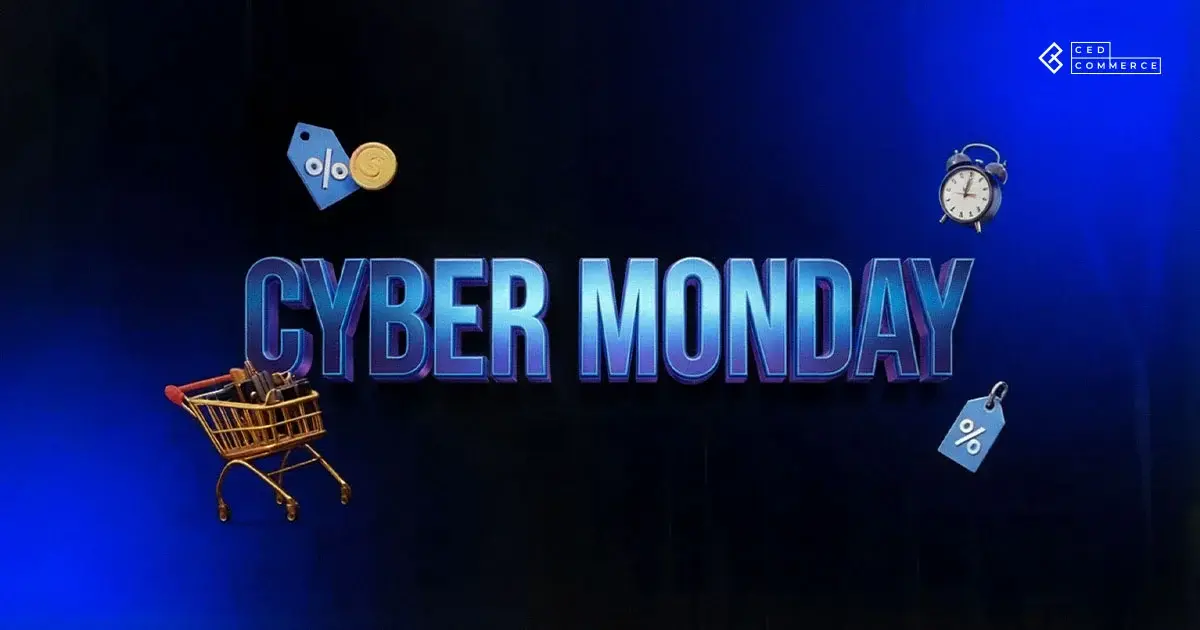
Reading Time: 3 minutesSummary Cyber Monday 2025 has officially become the largest online shopping day…

Reading Time: 2 minutesSummary Amazon kicked off December with two major developments shaping the future…
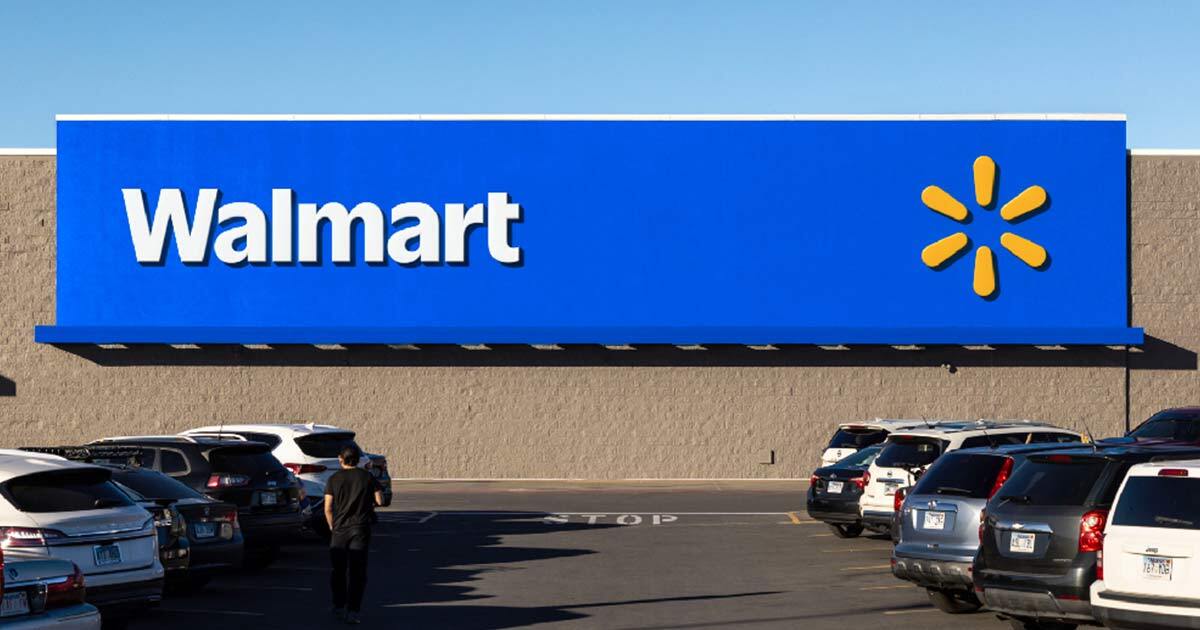
Reading Time: 2 minutesSummary Walmart has entered December with two major moves that signal a…